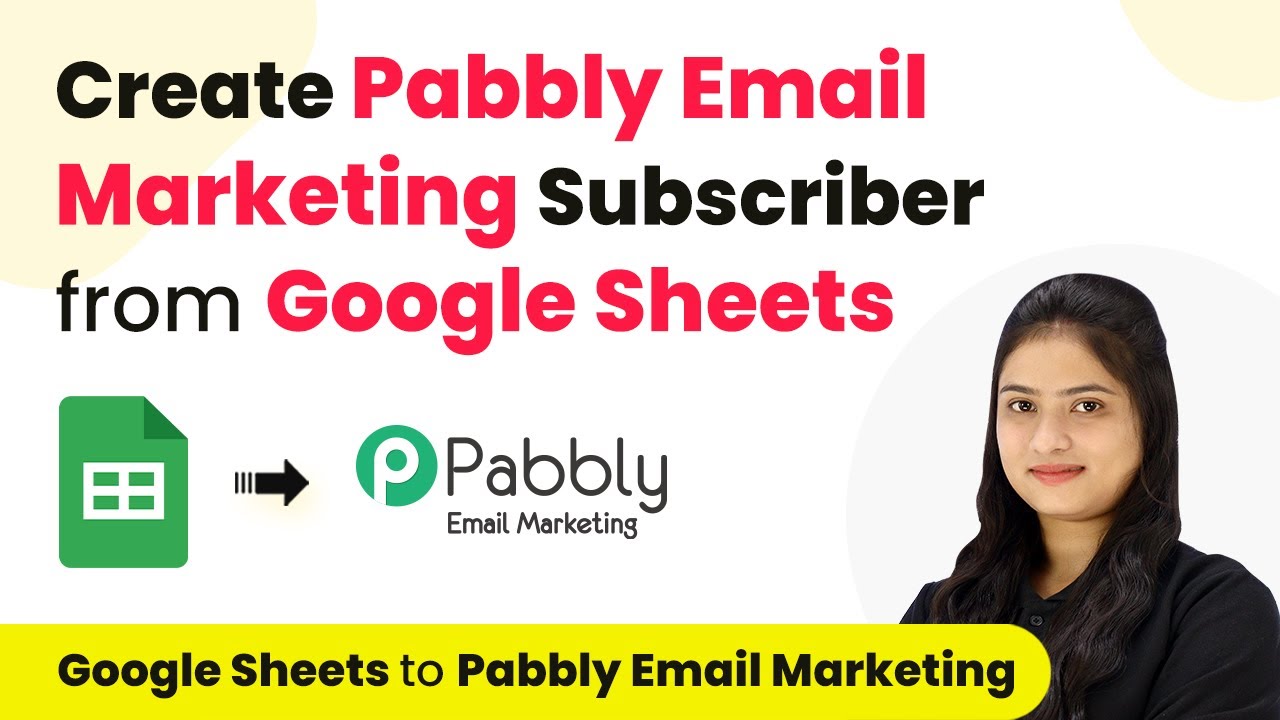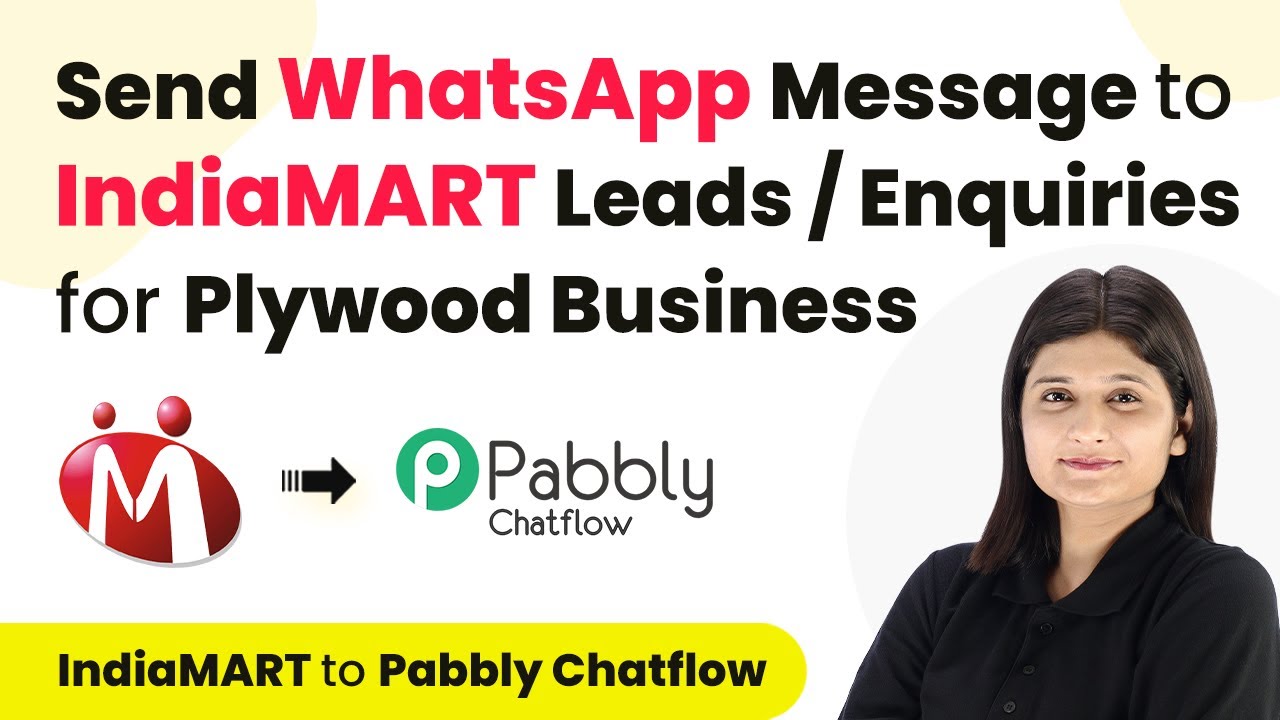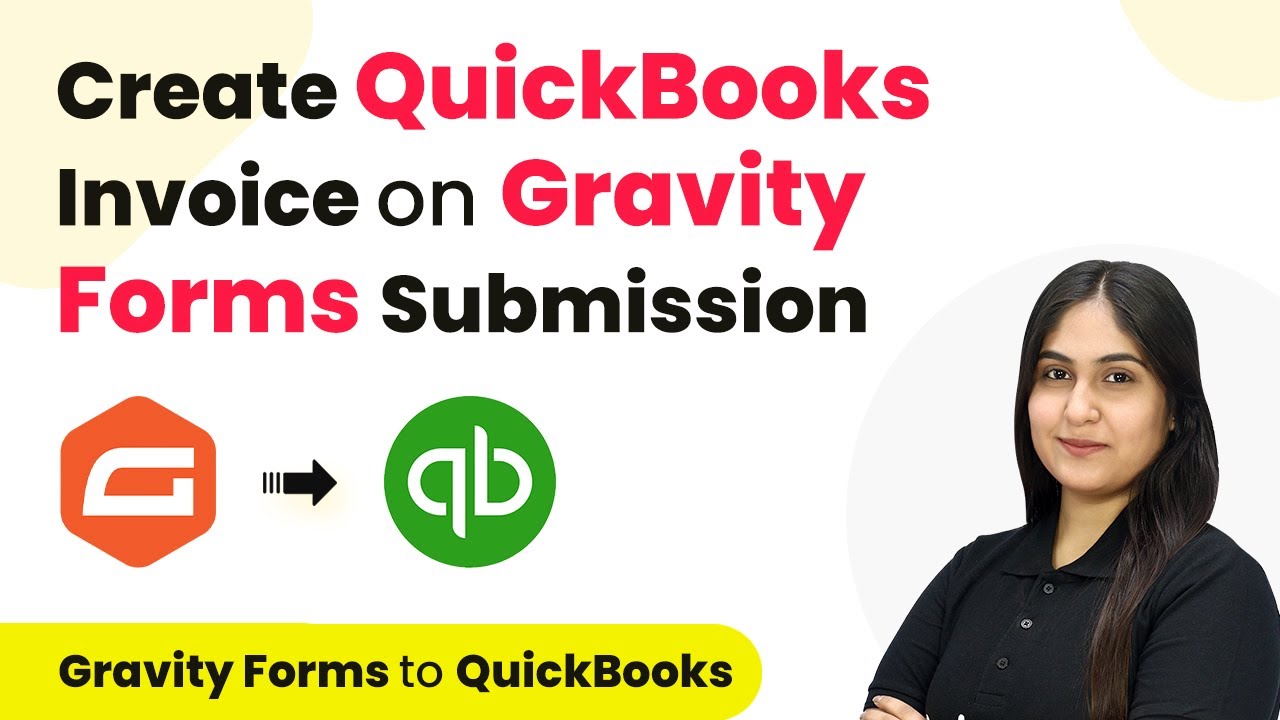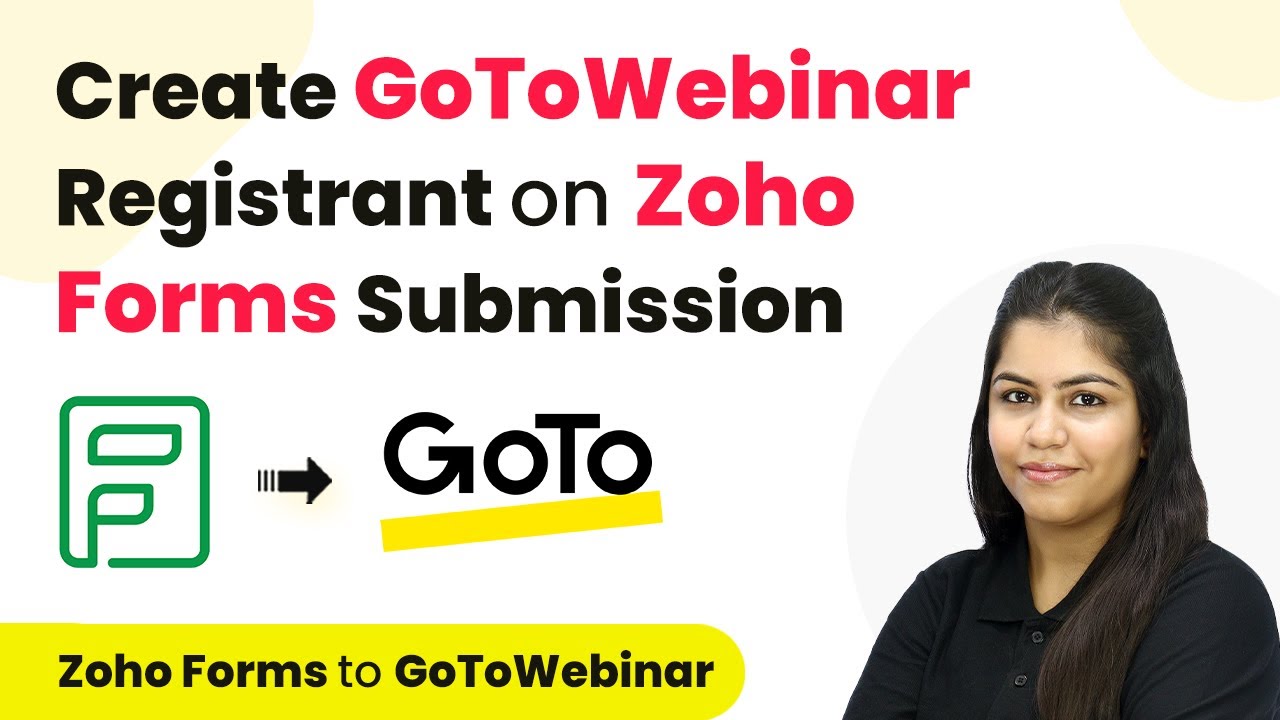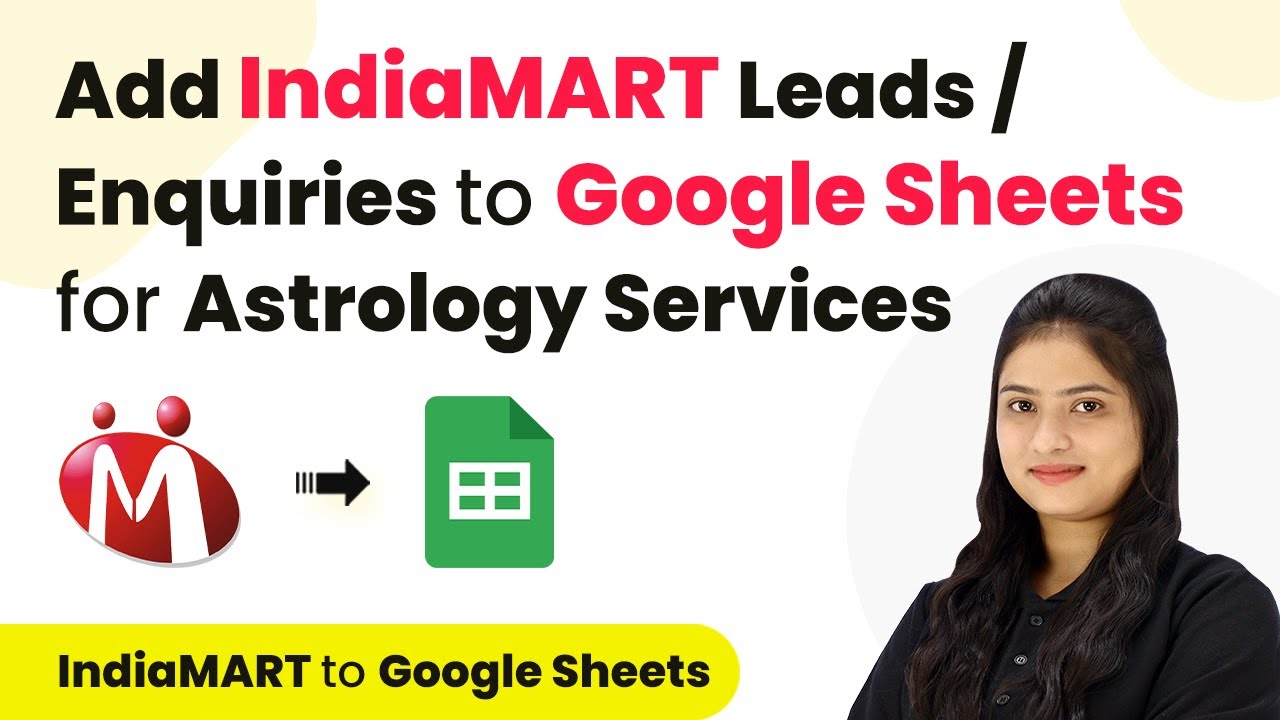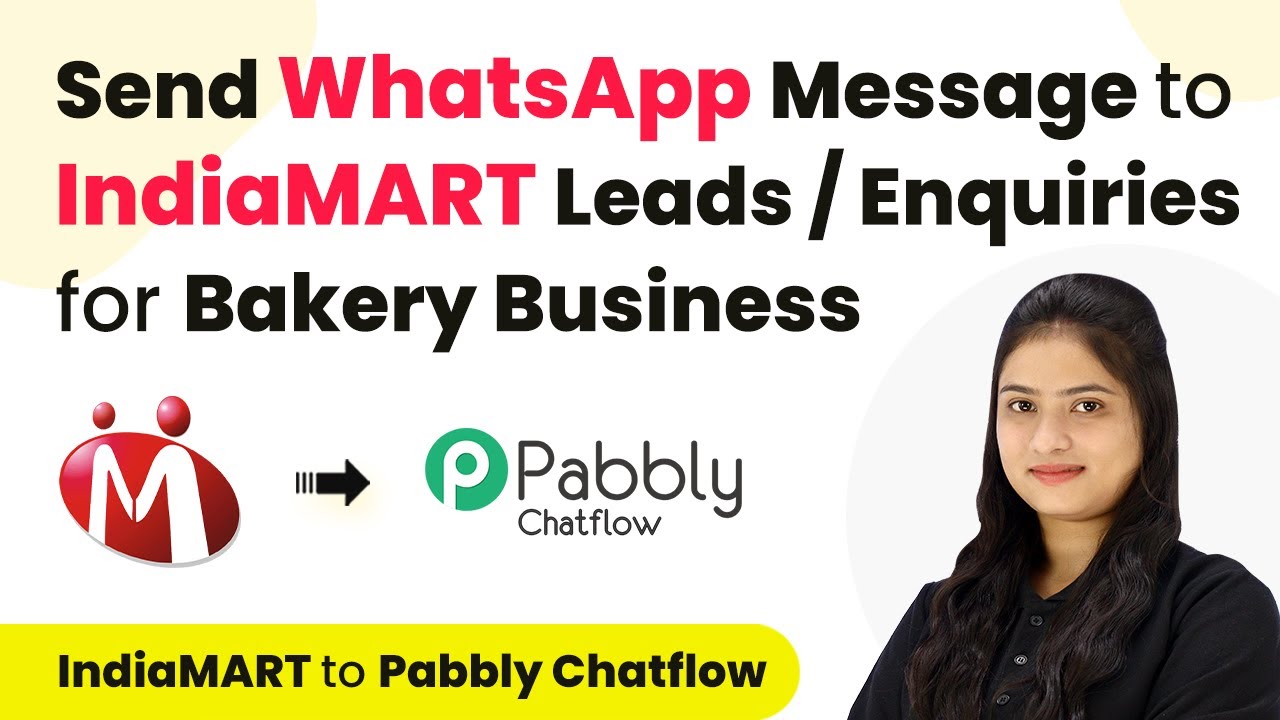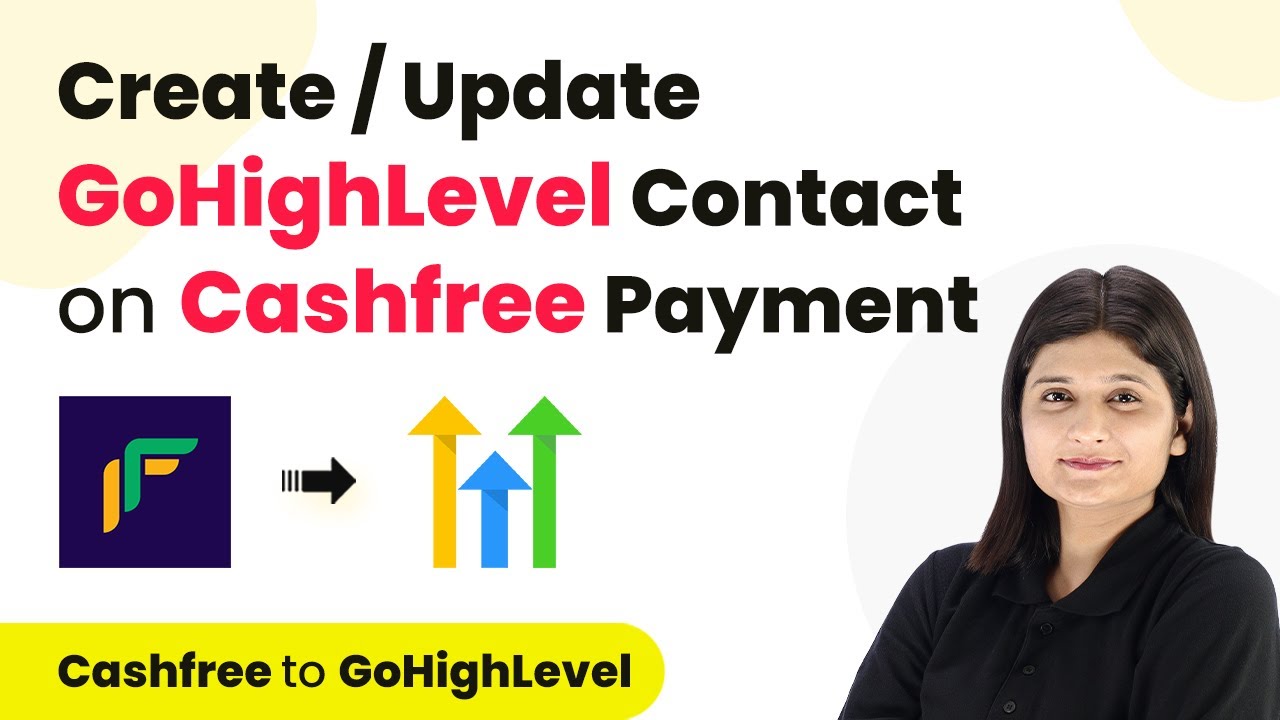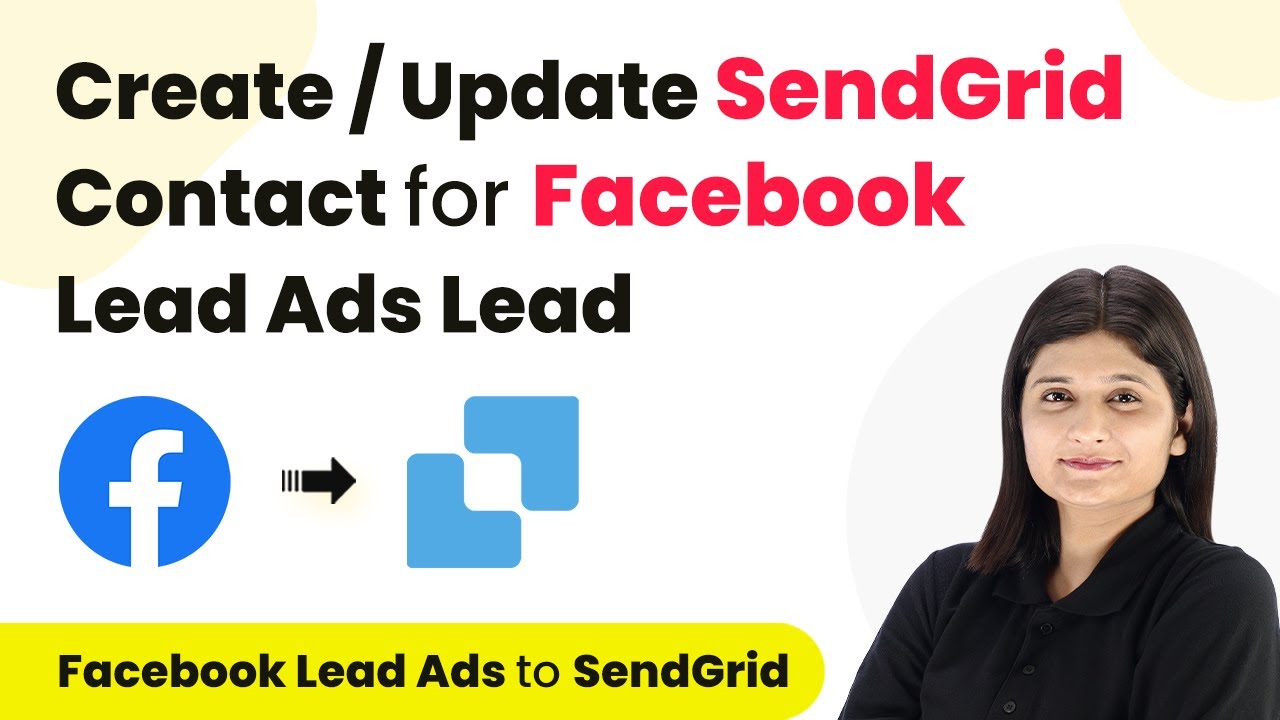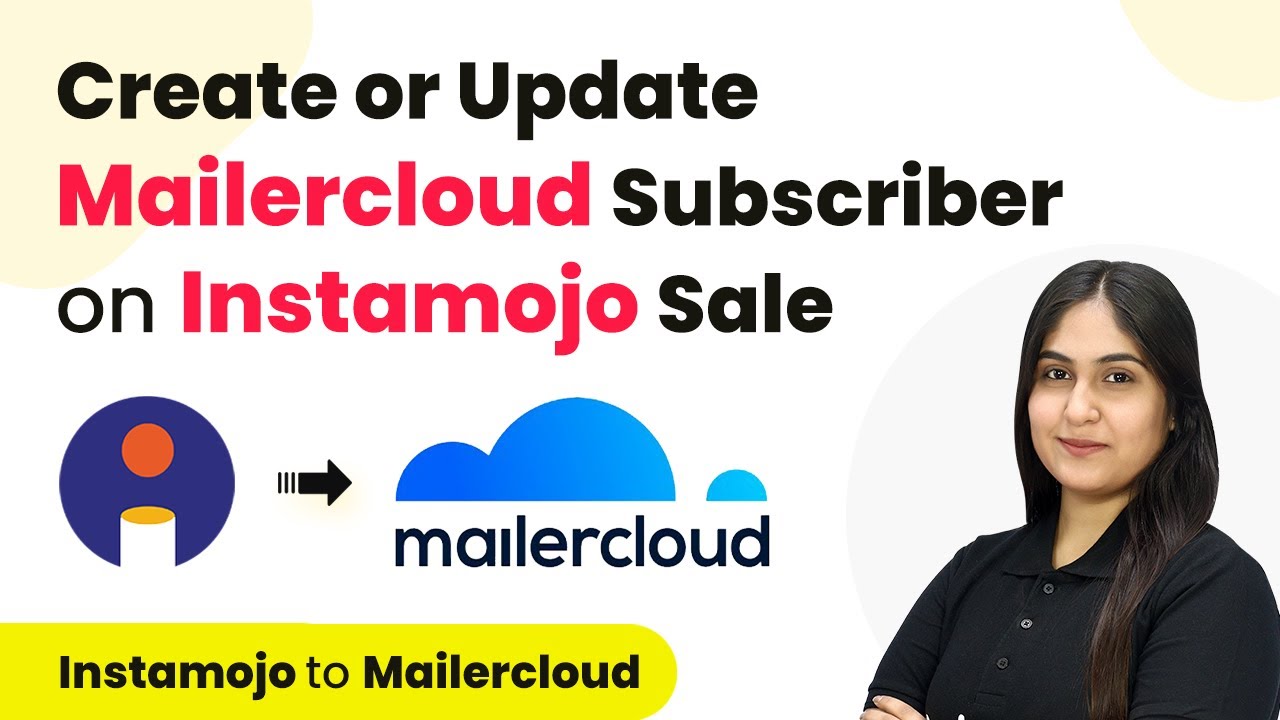Learn how to automate the creation of subscribers in Pabbly Connect from Google Sheets using Pabbly Connect with this step-by-step tutorial. Explore systematic approaches to creating efficient automation solutions that convert technical concepts into practical, implementable instructions.
Watch Step By Step Video Tutorial Below
1. Accessing Pabbly Connect for Google Sheets Integration
To start the integration of Google Sheets with Pabbly Email Marketing, first access Pabbly Connect. You can do this by navigating to the Pabbly Connect homepage through your browser. This platform is essential as it facilitates the connection between Google Sheets and Pabbly Email Marketing.
Once on the homepage, you will find options to either sign in or sign up for free. If you are a new user, click on the ‘Sign Up for Free’ button to create an account. Existing users can simply log in. This step is crucial as it allows you to utilize the automation features provided by Pabbly Connect.
2. Creating a New Workflow in Pabbly Connect
After logging into Pabbly Connect, the next step is to create a new workflow. Click on the ‘Create Workflow’ option. A dialog box will appear prompting you to name your workflow. Name it something descriptive, like ‘Create Pabbly Email Marketing Subscriber from Google Sheets’. This helps in organizing your workflows effectively.
- Click on the ‘Create’ button after naming your workflow.
- You will see two main sections: Trigger and Action.
- Select Google Sheets as your trigger application.
By setting up a clear workflow in Pabbly Connect, you ensure that the actions taken within Google Sheets lead to the corresponding updates in Pabbly Email Marketing. This structured approach is key to effective automation.
3. Setting Up Google Sheets as the Trigger
In the trigger section of Pabbly Connect, select Google Sheets and choose the trigger event as ‘New or Updated Spreadsheet Row’. This means that every time a new row is added to your Google Sheets, the workflow will be triggered.
To establish this connection, copy the provided webhook URL from Pabbly Connect. Then, go to your Google Sheets, click on ‘Extensions’, and navigate to ‘Add-ons’. Here, you will need to install the Pabbly Connect Webhooks add-on if you haven’t already. After installation, refresh your Google Sheets to see the new option.
- Paste the webhook URL into the add-on configuration.
- Set the trigger column, which will be the last column filled in any new row.
- Test the connection to ensure data is sent correctly.
By completing these steps, you ensure that Pabbly Connect accurately captures data from Google Sheets every time a new lead is added.
4. Adding Subscribers to Pabbly Email Marketing
After successfully setting up Google Sheets as the trigger, the next step is to configure the action in Pabbly Connect. Select Pabbly Email Marketing as your action application and choose the action event to ‘Add Subscriber’. This action will automatically add the new lead information to your email marketing list.
You will need to create a new connection by entering the API token from your Pabbly Email Marketing account. Navigate to the integration section, click on developer API, and copy the bearer token. Paste this token into Pabbly Connect to establish the connection.
Select the list where you want to add your subscribers. Map the email and name fields from the previous step. Click on ‘Save and Send Test Request’ to ensure everything works.
By following these steps, you can effectively utilize Pabbly Connect to automate the addition of new subscribers in Pabbly Email Marketing, streamlining your email marketing efforts.
5. Testing the Integration and Conclusion
To ensure that the integration between Google Sheets and Pabbly Email Marketing through Pabbly Connect is functioning correctly, add a new row in your Google Sheets with the details of a new lead. Once you do this, check your Pabbly Email Marketing subscriber list to see if the new subscriber has been added.
If everything is set up correctly, the new lead should appear in your email marketing list without any manual intervention. This confirms that your automation is working as intended, thanks to the capabilities of Pabbly Connect.
In conclusion, integrating Google Sheets with Pabbly Email Marketing using Pabbly Connect allows for seamless automation of subscriber management. This process not only saves time but also enhances the efficiency of your email marketing campaigns.
Conclusion
This guide summarizes the key points and helps you understand the essential features and benefits of using this tool.
Ensure you check out Pabbly Connect to create business automation workflows and reduce manual tasks. Pabbly Connect currently offer integration with 2,000+ applications.
- Check out Pabbly Connect – Automate your business workflows effortlessly!
- Sign Up Free – Start your journey with ease!
- 10,000+ Video Tutorials – Learn step by step!
- Join Pabbly Facebook Group – Connect with 21,000+ like minded people!
